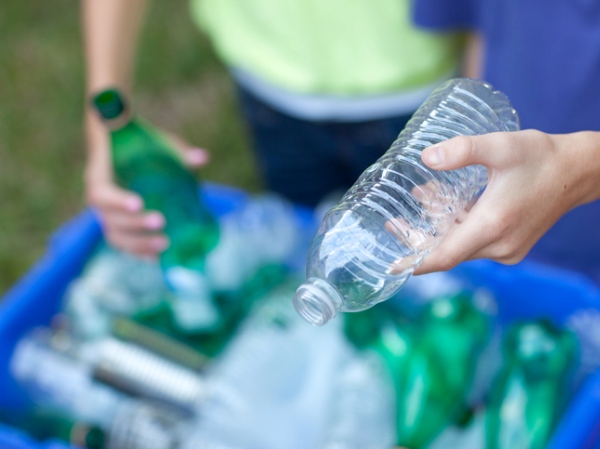The Government has announced far-reaching changes to the way we make, use, recycle and dispose of waste, ushering in a new era for New Zealand’s waste system.
The changes will ensure that where waste is recycled, for instance by households at the kerbside, it is less likely to be contaminated by material that cannot be used.
The initiatives are:
- improved and standardised household kerbside recycling.
- organic collections (including food scraps), making it easier for people to recycle and avoid sending as much to landfills.
- a new waste strategy to set New Zealand’s direction on waste for the next three decades
- new and more comprehensive waste legislation
“New Zealand is one of the highest generators of waste per person in the world, every year producing about 750kg per person. At home, we only recycle and compost about one-third of household waste,” Environment Minister David Parker said.

“The way we create and manage waste is way behind many other developed countries, but with these improvements, we’re putting the right foundations in place to bring our waste and recycling systems up to global standards.”
Households in urban areas will have a standardised recycling service by 2027 and a household food scraps collection by 2030. A standardised service will make it clear what can or can’t be recycled from home, so New Zealanders can be confident they are doing the right thing.
Standardised recycling collections will ensure collection of glass bottles and jars; paper and cardboard; plastic bottles and containers from plastic types 1, 2, and 5; and aluminium and steel tins and cans.
During consultation, people were overwhelmingly in favour of this initiative, with almost 90% support from 6400 submissions.
Kerbside food scrap collections will be a new service for many households. Ensuring food scraps are separate from landfill collection and can be disposed of responsibly will reduce emissions and make it easier to find new uses for that waste.
“In 2019, waste was responsible for 4% of our total gross emissions, most of which was methane from decomposing of organic material in landfills. By 2035, kerbside food scrap collections will be preventing approximately 45,000 tonnes of CO2-equivalent of methane emissions,” Parker said.
Working with local authorities, the changes to household collections will be phased in from 2024 to 2030 as supporting infrastructure is expanded.
“The measures we’re announcing today will support the social and economic changes we need to address our waste problem.”
Parker said New Zealand waste issues are one of the top 10 concerns for New Zealanders.
“Today I am releasing our new strategy, Getting Rid of Waste for a Circular Aotearoa New Zealand.
“The strategy – which received strong public support during consultation – commits us to becoming a low-emissions, low-waste circular economy by 2050. A circular economy means we keep resources in use for as long as possible and there is a shift away from the wasteful ‘take – make – dispose’ system.”
The strategy has three phases, with plans to guide the immediate priorities for the next five years.
“Our focus in the first phase is reducing waste emissions and improve recycling and recovery, as well as reducing how much is created in the first place.”
Parker said new waste legislation, to be progressed during the next Parliamentary term, will provide clear roles and responsibilities for central and local government, and the legal framework needed to achieve the Government’s goals.
Parker said today’s announcements showed the Government’s commitment to protect the environment and tackle climate change.
Kerbside recycling
From February 2024, all district and city councils must accept only these materials in their recycling collections:
- glass bottles and jars
- paper and cardboard (including pizza boxes)
- plastic bottles and containers marked with recycling symbols 1, 2, and 5
- aluminium and steel tins and cans.
Kerbside standardisation will divert an extra 53,000 tonnes of recycling (about half of the recyclable materials thrown in rubbish bins each year) and is estimated to reduce biogenic methane emissions by 45,000 tonnes CO2e per year by 2035.
Did you know?
100,000 tonnes of recyclables are placed in household rubbish bins every year and 16% of materials placed in recycling bins can’t be recycled.



